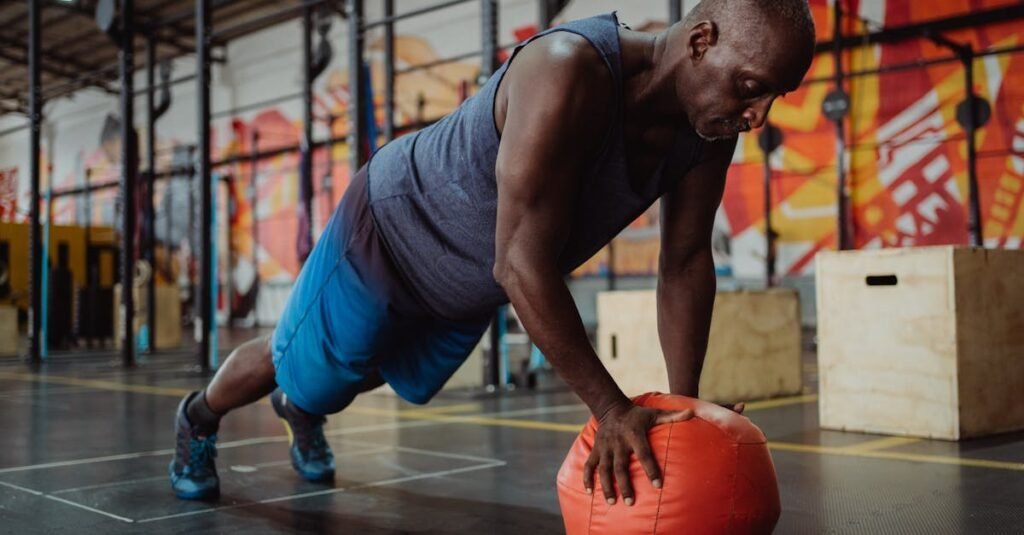Understand rotator cuff injuries, symptoms, and how physiotherapy or surgery can help. Recovery tips and treatment plans from a clinical perspective.
Shoulder pain can make everyday tasks—like reaching for a cup or getting dressed—feel surprisingly difficult. One of the most common reasons for this type of pain is an injury to the rotator cuff.
In this article, we’ll walk you through what rotator cuff injuries are, how they happen, and most importantly, what you can do to feel better—whether that’s through physiotherapy or, in some cases, surgery.
Common Types of Rotator Cuff Injuries
Rotator cuff problems can vary in severity. Some are mild and develop slowly over time, while others can occur suddenly after a fall or accident. Here are the most common types:
- Tendinopathy – Wear and tear or overuse of the tendons, which can cause shoulder pain, stiffness, and reduced strength.
- Partial-Thickness Tears – The tendon is only partly torn. These can happen from overuse or as part of ageing.
- Full-Thickness Tears – The tendon is completely torn away from the bone. These often cause significant weakness and may limit your ability to lift your arm.
- Acute vs. Degenerative – Some tears happen suddenly from an injury, while others develop slowly due to repetitive use or ageing.
How Do These Injuries Feel?
People with a rotator cuff injury often report:
- Pain when reaching or lifting the arm, especially overhead
- Weakness in the shoulder
- Pain that worsens at night or when lying on the shoulder
- A feeling of “catching” or “clicking” with movement
How Is Rotator Cuff Injury Diagnosed?
A physiotherapist or doctor will usually start with a physical exam and some simple tests. In some cases, an ultrasound or MRI might be used to confirm the injury.
Can Rotator Cuff Injuries Heal Without Surgery?
Yes, many rotator cuff injuries can improve without surgery. A personalised rehab program can reduce pain, improve strength, and restore movement.
Phases of Rotator Cuff Rehabilitation
1. Pain Relief and Protection
- Modify activity to reduce stress on the shoulder
- Ice therapy and gentle stretches
- Start light muscle activation (like isometrics)
2. Regain Motion and Strength
- Gradually increase shoulder movement
- Start resistance band or dumbbell exercises for rotator cuff and scapular stability
3. Build Strength and Control
- Add more challenging strengthening
- Eccentric loading (lengthening under resistance) helps tendon healing
- Include whole-body coordination and core work
4. Return to Activity
- Focus on work, lifestyle, or sport-specific shoulder exercises
- Add speed, control, and endurance movements
When Might Surgery Be Needed?
Surgery is considered when:
- The tear is large or complete
- The injury is new and traumatic
- Physiotherapy hasn’t helped after 3–6 months
Common surgical options:
- Arthroscopic rotator cuff repair
- Mini-open repair
- Tendon transfer for more complex cases
Regardless of the procedure, post-surgical physiotherapy is essential for full recovery.
Final Takeaway
Rotator cuff injuries are common, but recovery is very possible with the proper guidance. Starting with physiotherapy gives many people the results they need—safely and effectively.
📌 Experiencing shoulder pain or weakness? Book a consultation with your physiotherapist to start a recovery plan tailored to you.
References
Kuhn, J. E. (2009). Exercise in the treatment of rotator cuff impingement: a systematic review and a synthesized evidence-based rehabilitation protocol. Journal of Shoulder and Elbow Surgery, 18(1), 138–160.
Teunis, T., Lubberts, B., Reilly, B. T., & Ring, D. (2014). A systematic review and pooled analysis of the prevalence of rotator cuff disease with increasing age. Journal of Shoulder and Elbow Surgery, 23(12), 1913–1921.
Reinold, M. M., Wilk, K. E., Fleisig, G. S., & Andrews, J. R. (2008). Electromyographic analysis of the rotator cuff and deltoid musculature during common shoulder external rotation exercises. Journal of Orthopaedic & Sports Physical Therapy, 34(7), 385–394.
Read more – Part 1: What is Rotator Cuff?
